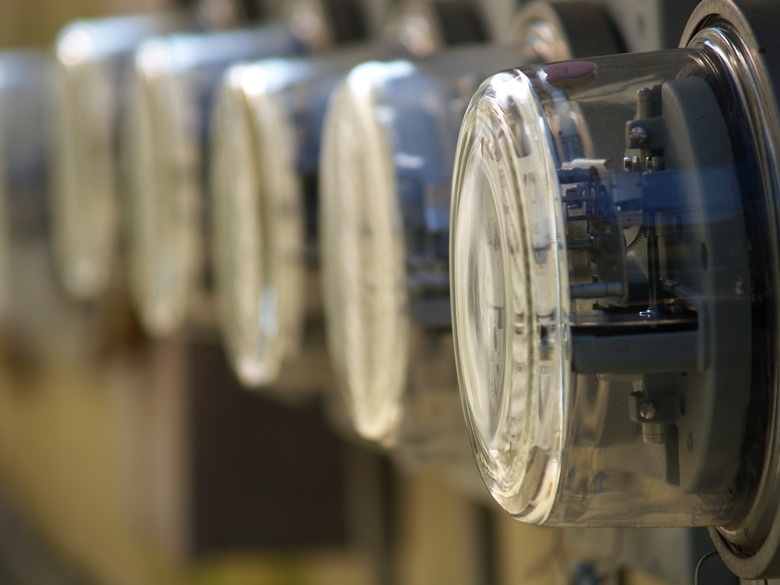How Does An Ammeter Work?
The instrument most commonly used to measure current is the ammeter. Since the SI unit of measuring electric current is ampere, the instrument used for measuring current is named ammeter.
There are two types of electric current: direct current (DC) and alternating current (AC). DC sends current in one directions, while AC alternates the direction of the current at regular intervals.
Ammeter Function
Ammeter Function
Ammeters work to measure electrical current by measuring the current through a set of coils with a very low resistance and inductive reactance. This allows for a very low impedance, the force that opposes electric current, that lets the ammeter accurately measure the current in a circuit without interference or change due to the ammeter itself.
In moving-coil ammeters, movement results from the fixed magnets that are set to oppose the current. The movement then turns a centrally located armature that is attached to an indicator dial. This dial is set above a graduated scale that lets the operator know how much current is moving through a closed circuit.
You must connect an ammeter in series when measuring the current of a circuit. The low impedance of the ammeters means it won't lose much power. If the ammeter were connected in parallel, the path may become short-circuited such that all the current will flow through the ammeter instead of the circuit.
The fundamental requirement of any measuring instrument is that it should not change the physical quantity to be measured. For example, an ammeter should not change the original current. But this is not possible in practice. In an electric circuit, the initial current is _I1 = E/R_ before connecting the ammeter. Assume that the internal resistance of the cell is zero.
Ammeter vs. Galvanometers
Ammeter vs. Galvanometers
Galvanometers detect the strength and direction of minuscule currents in circuits. A pointer attached to the coil moves over a scale. The scale is then calibrated to read the current in ampere.
Galvanometers require a magnetic field while ammeters can work without one. While a galvanometer has much more precision than an ammeter does, it isn't as accurate. This means galvanometers can be very sensitive to small changes in current, but this current could still be far from the actual value.
Galvanometers can only measure DC because they require the force of the electric current in a magnetic field while ammeters can measure both DC and AC. DC ammeters use the moving-coil principle while AC ammeters measure changes in how a piece of iron moves in the presence of the electromagnetic force of a fixed coil wire.
Shunt Resistance
Shunt Resistance
By connecting a galvanometer in parallel to a very small shunt resistor, current can be redirected through the shunt and only a very small current will pass through the galvanometer. In this way, a galvanometer can be adapted to measure larger currents than it would be able to otherwise. The shunt protects the galvanometer from damage by providing an alternate path to the flow of current.
Let G be the resistance of the galvanometer and _Ig_ be the maximum current that can be passed through it for full scale deflection. If I is the current to be measured, then only a part _Ig should pass through G for full scale deflection and the remaining part (I – Ig)_ should pass through the shunt.
The proper value of shunt resistance S is calculated by considering G and S in parallel. Therefore,
\(S=\frac{I_GG}{I-I_G}\)
This equation gives the value of the shunt resistance.
The effective resistance of the ammeter is given as follows:
\(R_{eff}=\frac{1}{1/G+1/S}=\frac{GS}{G+S}\)
Cite This Article
MLA
Ather, S. Hussain. "How Does An Ammeter Work?" sciencing.com, https://www.sciencing.com/an-ammeter-work-4963680/. 22 December 2020.
APA
Ather, S. Hussain. (2020, December 22). How Does An Ammeter Work?. sciencing.com. Retrieved from https://www.sciencing.com/an-ammeter-work-4963680/
Chicago
Ather, S. Hussain. How Does An Ammeter Work? last modified March 24, 2022. https://www.sciencing.com/an-ammeter-work-4963680/
